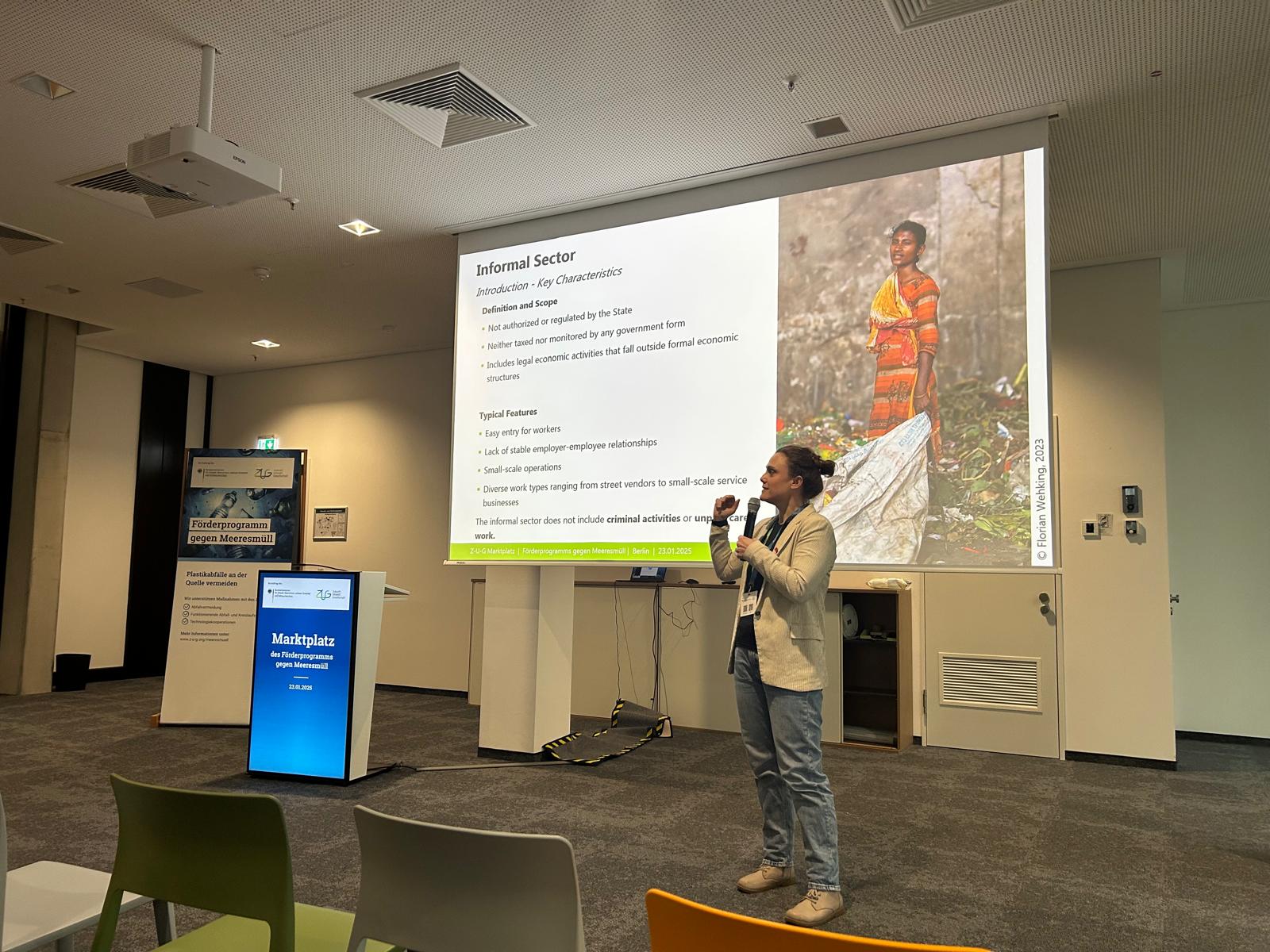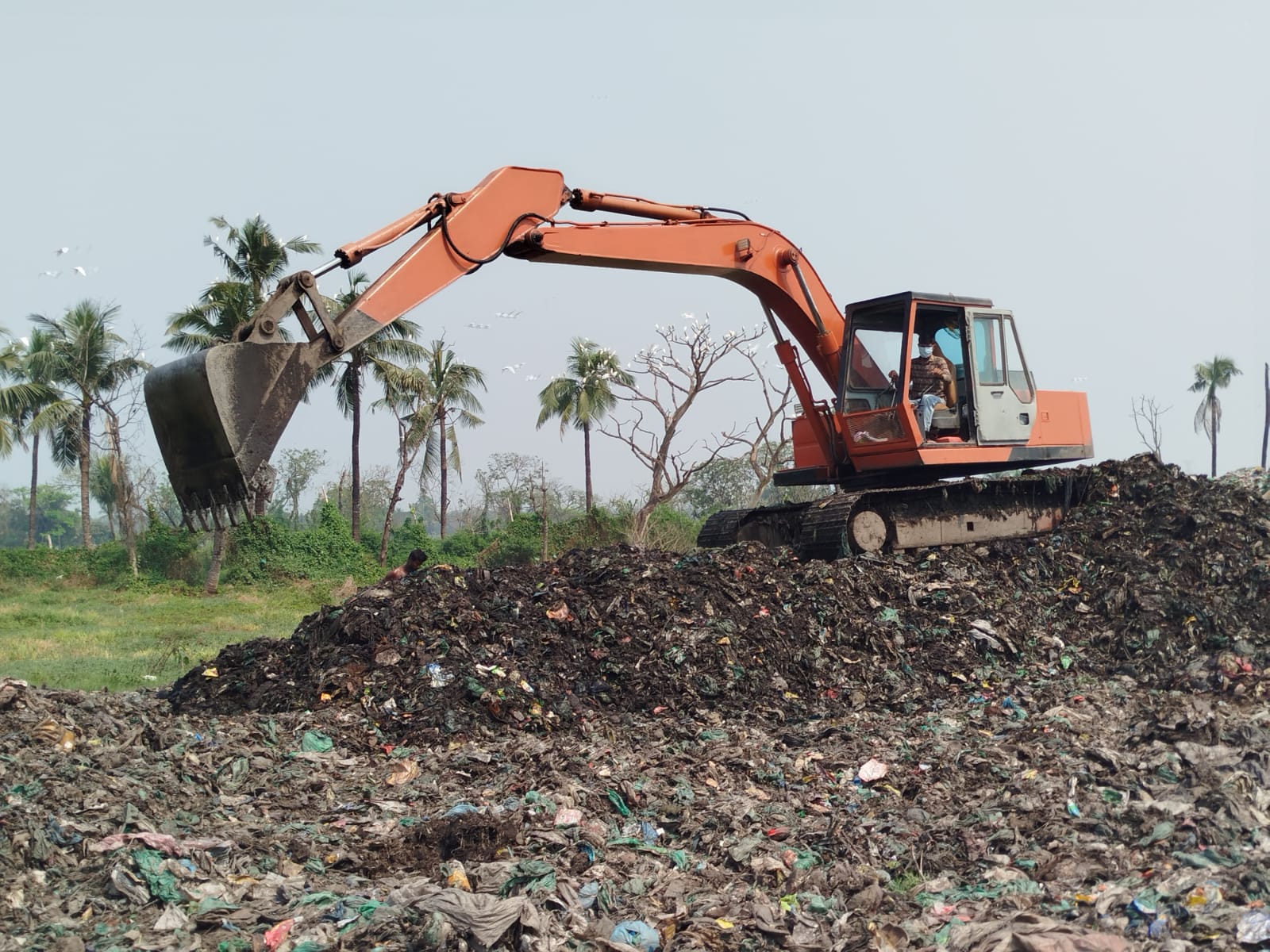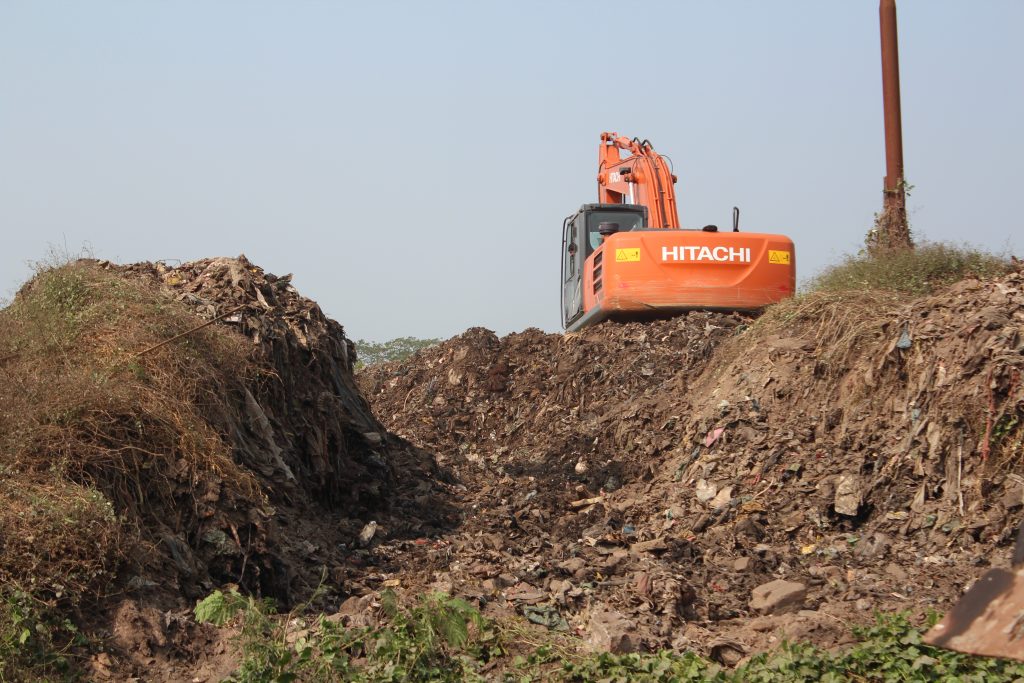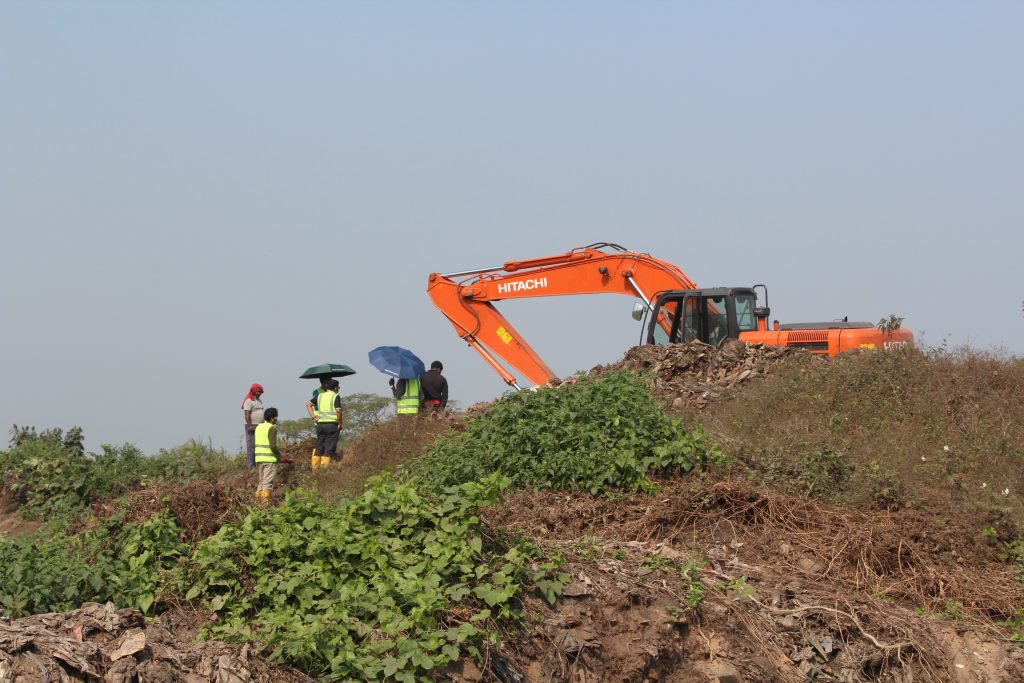On the 23 January 2025, the German project executing agency Z-U-G of Grant Programme against Marine Litter invited to a “Martkplatz” at the Z-U-G headquarters in Berlin. Heide Kerber (ISOE), Philipp Lorber, and Senta Berner represented the SCIP team at this event, which drew more than 100 participants. Senta Berner gave a short overview on outcomes and challenges surrounding informal waste workers: “Laying the Groundwork – Preparing Informal Sector Engagement in Plastic Waste Management“.
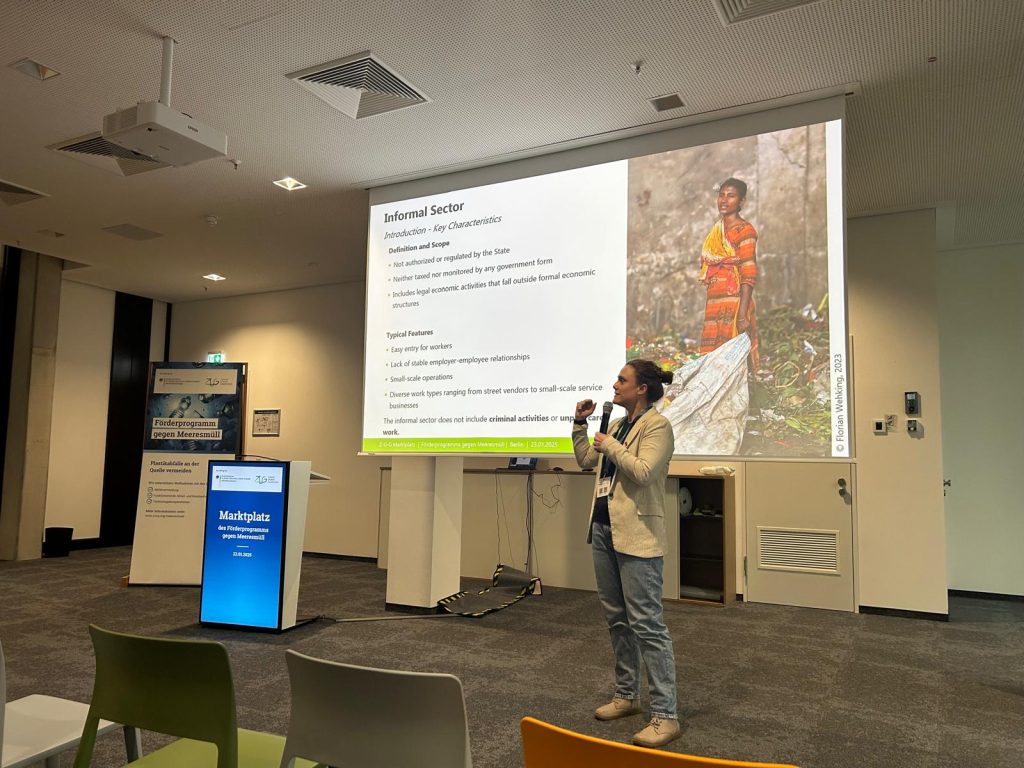
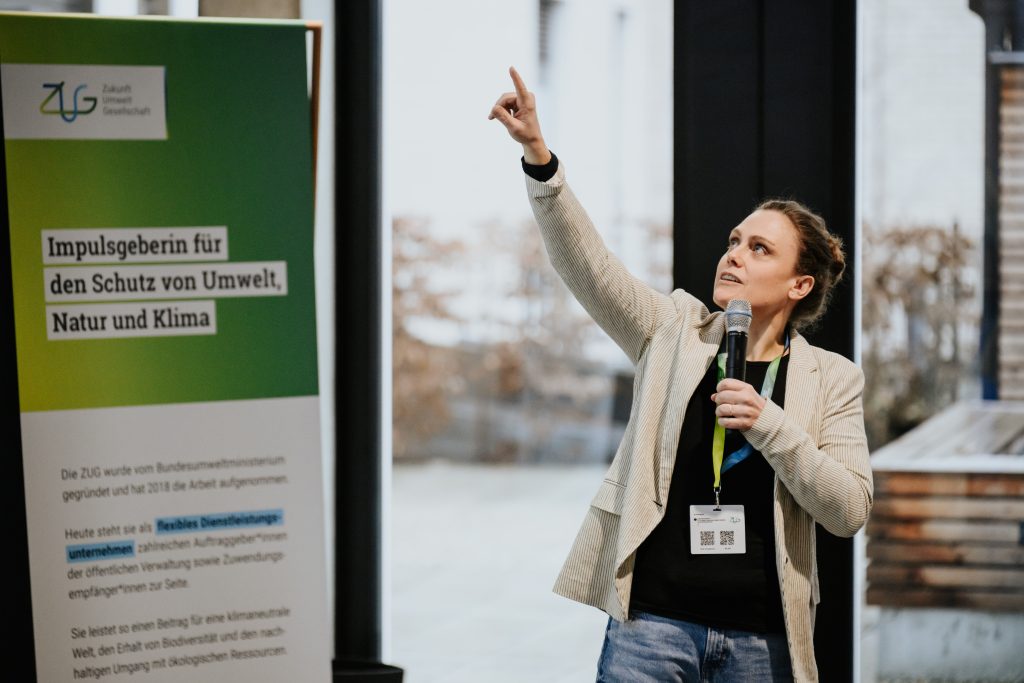
The Marktplatz was an interactive get-together where projects funded by the DeFRAG could present their current activities, exchange ideas, and connect with BMUV and Z-U-G representatives, as well as various agencies active in the field of marine litter prevention. The Z-U-G, Zukunft-Umwelt-Gesellschaft | Future-Environment-Society, also used the opportunity to announce the new call within the Grant Programme against Marine Litter.
